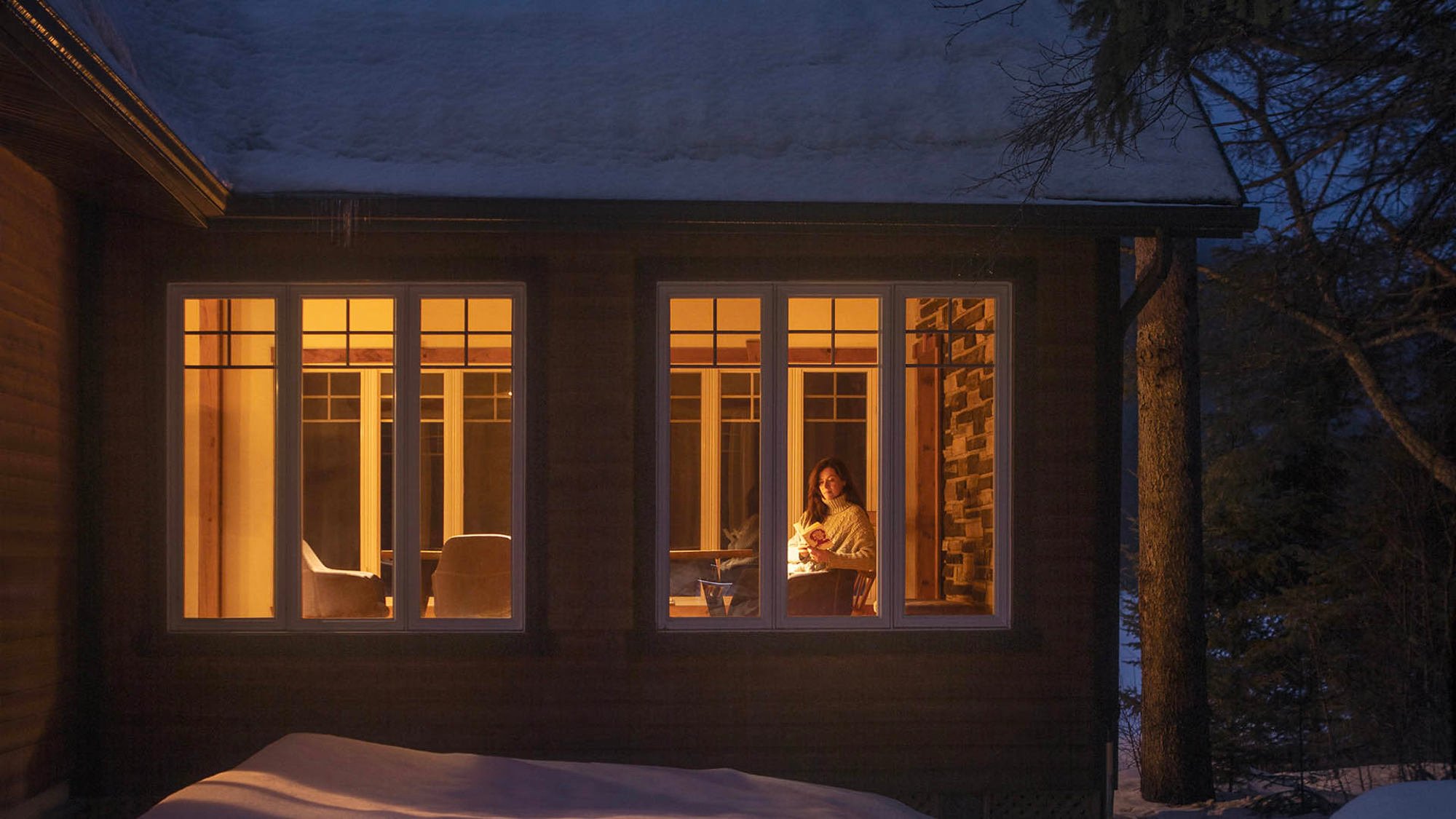Winter consumption peaks: answers to your questions
When Hydro‑Québec’s power grid faces very high demand, the best way to manage it is by reducing our electricity use or shifting it to another time. That’s why Hydro‑Québec launches peak demand events — to encourage all of us to take part. But why is this the most effective option? And can small changes to our habits during peak periods really make a difference? Here are answers to some of the most common questions on this topic.

What causes peak periods?
Peak periods occur when electricity demand reaches its highest level and the grid has to deliver more power than usual to keep up. They typically happen in winter during periods of extreme cold, at key times of day when most Québec households are using more power — in the morning and evening for heating, cooking, laundry, and more. When everyone across the province consumes a lot of electricity at the same time, every available resource is called on, and the grid operates at full capacity.
What does smarter, more efficient energy use look like?
It’s time to rethink our energy habits. Yes, we’re already doing a lot — but more is needed. Smart energy management, especially during winter peak periods, is crucial to ensuring a reliable supply. How? By using less, and using it more efficiently. In other words, by making more responsible choices about how and when we consume electricity.
That’s where a service like Hilo can really make a difference. It automatically reduces your household’s electricity use during peak periods while also helping you save up to 20% on your winter bill.
Can’t we just buy electricity from somewhere else?
Buying electricity elsewhere might sound like an easy fix, but it comes with a price. Costs can spike depending on the market, and the energy we import isn’t always as clean as what we produce here. The good news? Québec only needs to import power for a limited number of hours each year, largely thanks to demand-management initiatives like peak events.
Couldn’t we just stop selling our electricity to save it for winter?
Throughout the year, Hydro-Québec’s energy exports generate revenue that benefits the entire population. Even during the few winter peaks, Québec is able to meet its own needs without halting those exports. How? By managing demand effectively — especially when we all work together to reduce our household consumption for just a few hours.
If we don’t change our consumption habits, will that cause the entire grid to fail?
A system-wide blackout won’t happen just because demand exceeds supply. Peaks can be anticipated and planned for! Throughout the year, Hydro-Québec maintains, updates, and optimizes its infrastructure to prepare for winter peaks. Teams also evaluate every available resource and tool at our disposal to make sure the demand can be managed.
What tools are available to help reduce consumption during peak periods?
Hydro-Québec gives you two main ways to save:
- Rate Flex D, which lets you save with lower winter electricity rates, except during key moments: peak demand events. By shifting your electricity use outside of those peaks, you can save money.
- Hilo, a service that also works with Rate Flex D, but takes it a step further by automatically lowering your thermostat settings during peak events. That way, you don’t even have to think about it! You can either get Hilo thermostats at no cost (including installation) or connect your own compatible thermostats to Hilo.
And it’s not just thermostats — Hilo also offers a smart solution for water heaters and another for EV charging.



